Have you ever had someone ask you your favourite interior design style, and instantly, you felt lost in the interior design vocabulary? Modern, contemporary, minimalist, Hollywood-inspired, with a touch of eclectic maximalism- it’s enough to make your head spin.
As a newbie, figuring out the best interior design style for your space can be overwhelming. With so many options and design terms, it’s easy to get lost in the sea of interior design styles.
Let’s look at the fundamentals that form the foundation of design language. Think of them as the ABCs of your design vocabulary, the building blocks to fluently articulate your design vision and navigate the world of interior design like a pro.
Here are 10 Popular Interior Design Styles You Should Know:
- Modern:

Are you drawn to clean lines, sleek aesthetics, and spaces prioritising function above anything? Then this is for you. This style features an elegant, sophisticated look with a minimalist approach, offering a haven for those who appreciate both form and practicality.While often confused with “contemporary,” modern design holds distinct characteristics like clean colour palettes, open floor plans, and a focus on individual elements. Glass and steel elements add a touch of luxury. At the same time, neutral tones like black and white create a timeless foundation. Accents of blue, red, and other primary colours add subtle pops of personality. Modern spaces are defined by open floor plans that maximize natural light. The Furniture remains simple and functional, prioritizing clean lines and sleek silhouettes. Lighting plays a crucial role in modern design. Natural light floods the space, while accent lighting strategically highlights architectural features, sculptures, and other vital elements. This interplay of light and shadow adds depth and dimension to the overall aesthetic. - Contemporary:

Contrary to popular belief, “contemporary” doesn’t simply refer to the latest trend. While it incorporates current trends, it extends beyond and incorporates elements from different eras. Think of it as a design style that adapts to the present while drawing inspiration from the past.Unlike fixed styles, contemporary design constantly evolves, mirroring your growth and changing preferences. It’s an investment that adapts and grows with you, creating a space that genuinely feels like yours. Contemporary spaces celebrate open floor plans and bask in the warmth of natural light. Eco-friendly and recycled materials take centre stage, reflecting a conscious approach to sustainability, and the colour palette typically leans towards neutral tones, with pops of vibrancy injected through a statement sofa, artwork, or other accents.As we move through the 21st century, expect this trend to continue, offering endless possibilities to express your style. - Eclectic:

Eclectic design style isn’t about following trends but embracing them all. This dynamic style draws inspiration from diverse sources and design styles. An example would be combining antique furniture with contemporary art or vibrant patterns mingling with soothing neutral tones.Rooms with an eclectic style have multiple focal points and work on balancing colours and textures to keep the eye healthy. Many people associate the eclectic décor with the ‘anything goes’ approach. However, it is a more purposeful and planned way of interior design. This style is ideal if you’re looking for a culturally rich living space with elements from various interior design types incorporated. - Industrial:
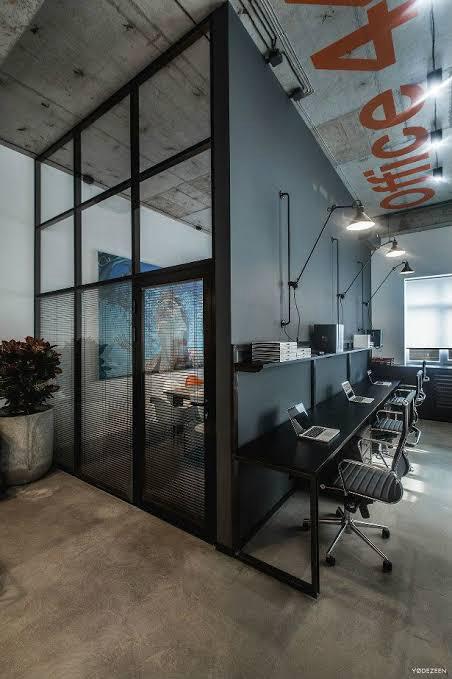
This style is perfect for those who want an edgy and urban look in their space. Industrial design often features exposed brick, metal ceiling beams, concrete, and mixed metals. With an emphasis on raw and edgy materials, the industrial style features exposed brick, metal accents, and a focus on utilitarianism. - Art Deco:
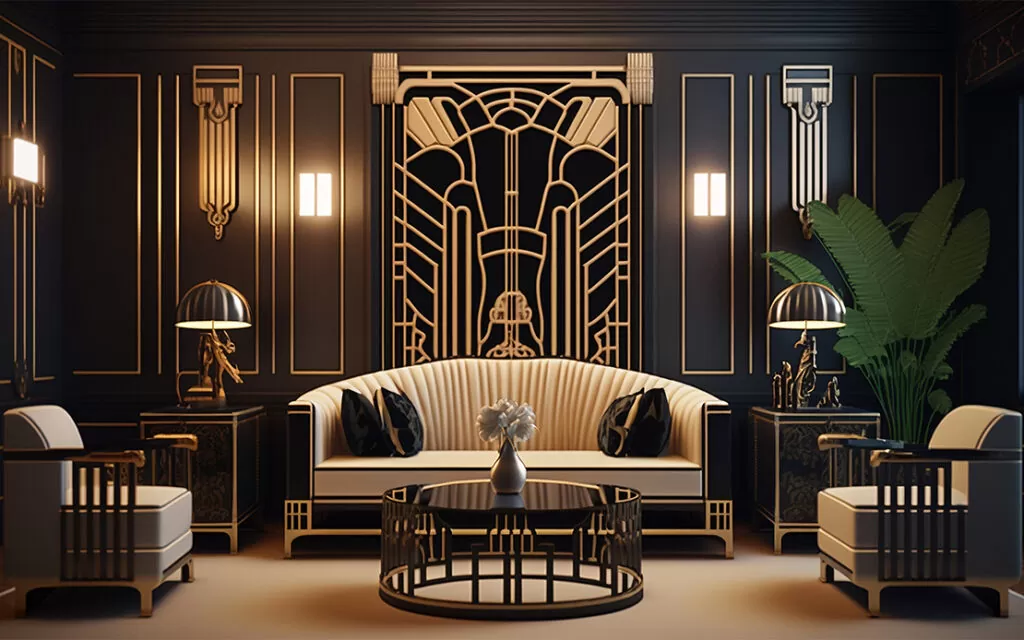
The Art Deco design style can bring all the glamour of the 20s to a 21st-century space. Art Deco, short for Arts Décoratifs, is characterised by rich colours, bold geometry, and detailed work. Art Deco style may seem like an amalgamation of grand things that don’t go together: zigzags, jewel-tone colours, and rich neutrals. Depending on your taste, that may be partly true, but a method to the madness makes it work. You don’t have to cover everything in gold to nail an Art Deco-style living room or bedroom. Once you understand Art Deco design characteristics, furniture, colours, and patterns, assembling your space is less intimidating and fun. - Hollywood Regency:
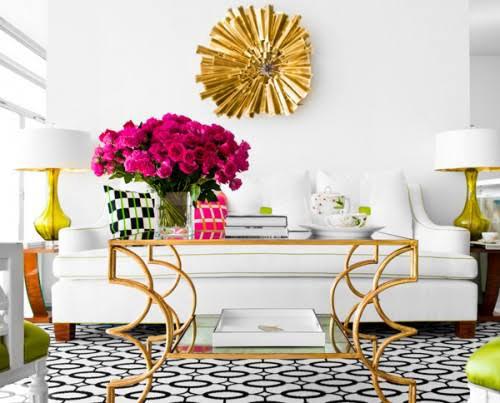
If you’ve ever gotten severe art deco or mid-century modern vibes from Hollywood Regency, you wouldn’t be wrong. Hollywood Regency came out of Hollywood’s Golden Age in the 1930s. This then translated to home decor. This style celebrates extravagant choices and colours, statement pieces, furniture in different styles, the glamorous touch of mirrors and reflective surfaces, and attention-grabbing patterns.Hollywood Regency’s design style goes the opposite, unlike most interior design styles that encourage you to maintain a balanced consistency. Every room can have a theme or include a mix-and-match of different inspirations. - Minimalist:

Minimalist interior design has become increasingly popular due to its clean aesthetics, simplicity, and focus on essential elements. Generally, when discussing minimalist homes, people imagine clutter-free rooms with white walls and a lack of any unnecessary furnishing or decor. Occasionally, colourful furniture and accessories can reduce the sterile appearance. - Scandinavian:
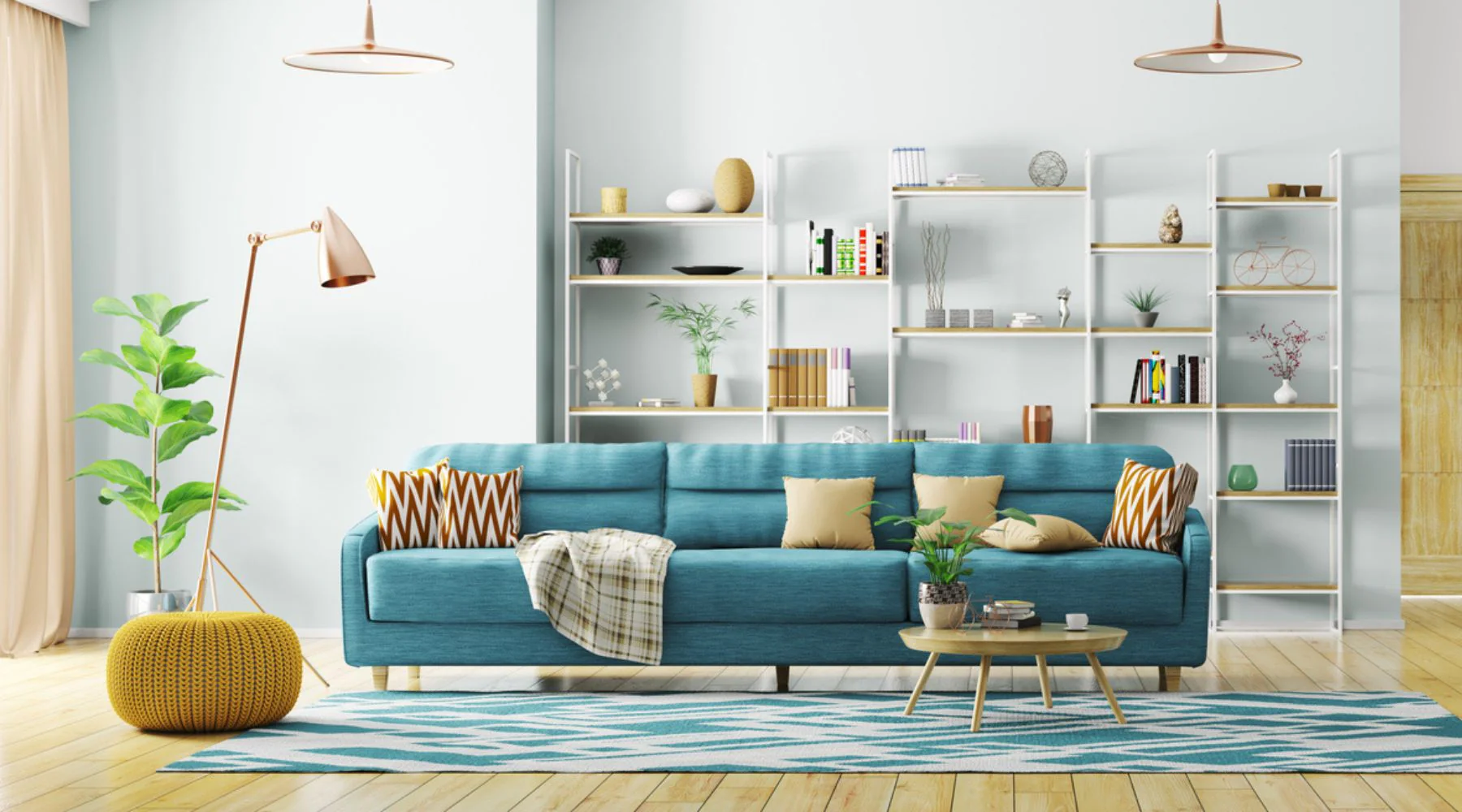
For those who crave calm spaces that are comfortable for socializing, Scandinavian interior design might be the ideal aesthetic. Scandinavian design is well-thought-out. It’s not overdone; it’s just intentional. Part of the appeal lies in how aspirational this specific design style feels. The uncluttered nature and brightness evoke a sense of calm that many people miss daily. - Baroque & Rococo:
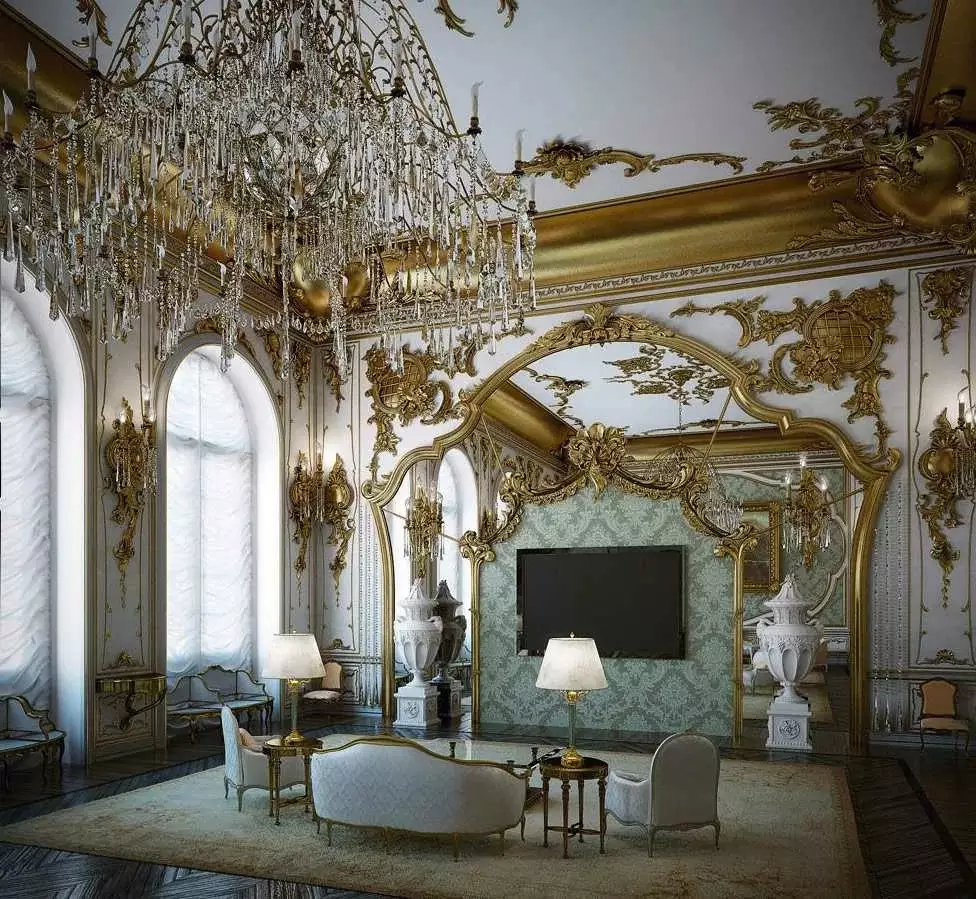
Baroque fell out of fashion in the mid-18th century, but appreciation for the style was revived in the 19th century; it may seem out of step with modern design, but it remains an influence for contemporary interior designers. One of the critical features to remember while giving your home this flamboyant and decadent look is decorating your walls with gold-painted plasterwork designs. This is to be contrasted with pastel wall colours. You also have to be very specific with the colour of the walls in an ornate design. Delicate colours such as yellow, pink, ivory and gold, azure blue and cream should be among your top priorities while colouring your walls. - Classical:
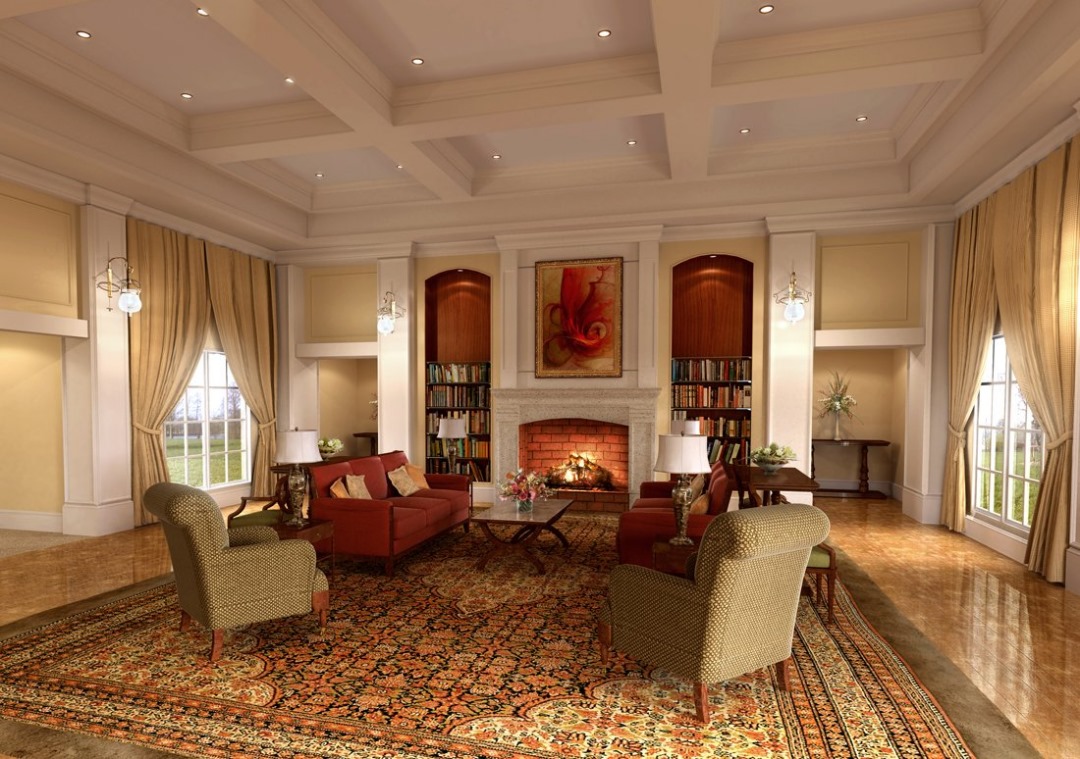
Classical interior design is a mixture of traditional and modern styles. It is the ideal aesthetic for rooms designed for relaxation. Notably, Classical designs can also reflect interiors that mix multiple aesthetics. Classical interior design is versatile enough for spaces ranging from five-star hotels to your living room. It balances handsome and graceful details, making a space inviting and comfortable.
Understanding these different styles will help you determine what you like and don’t like. Remember, there’s no right or wrong style. It’s all about finding what works best for you and your lifestyle.